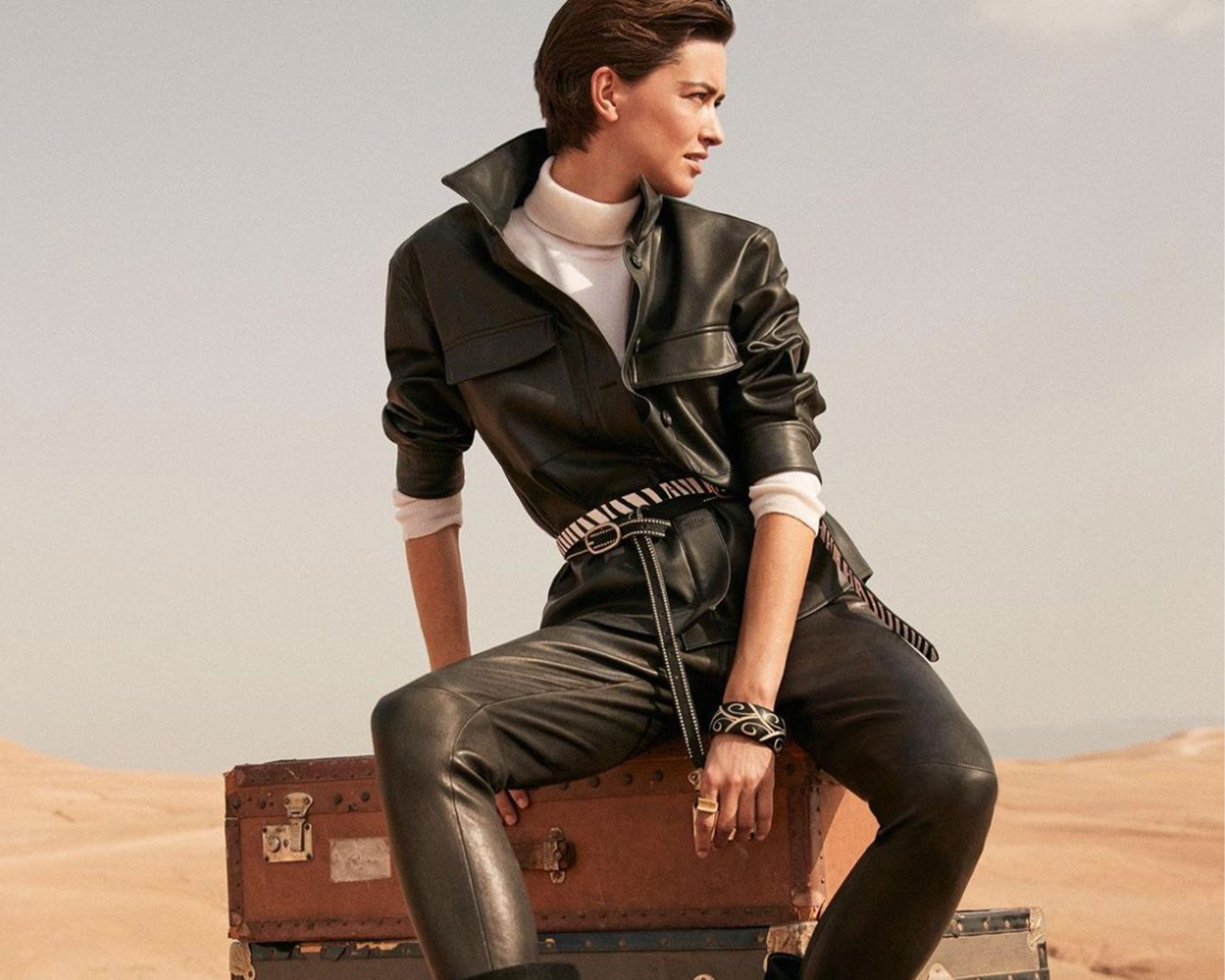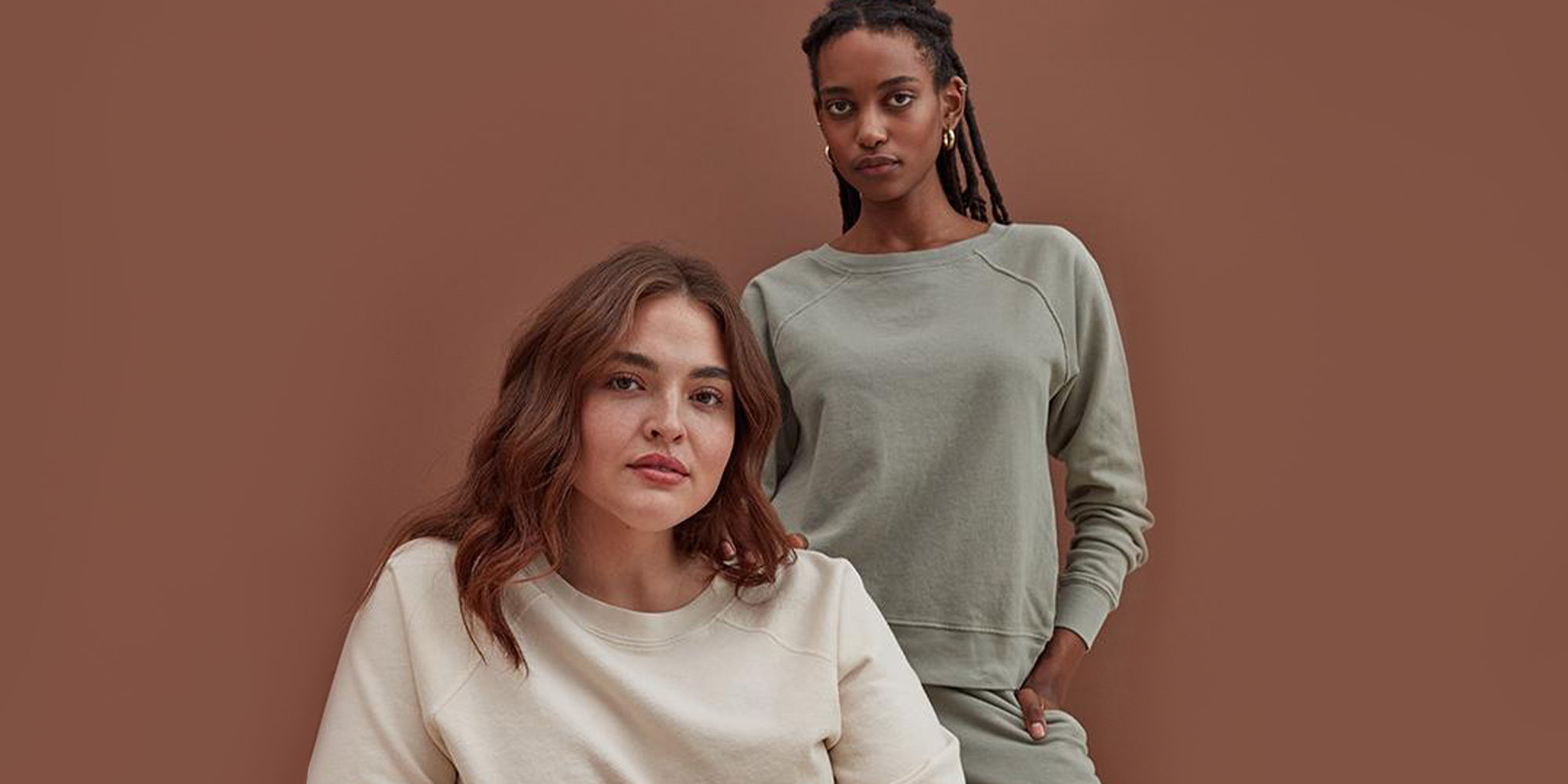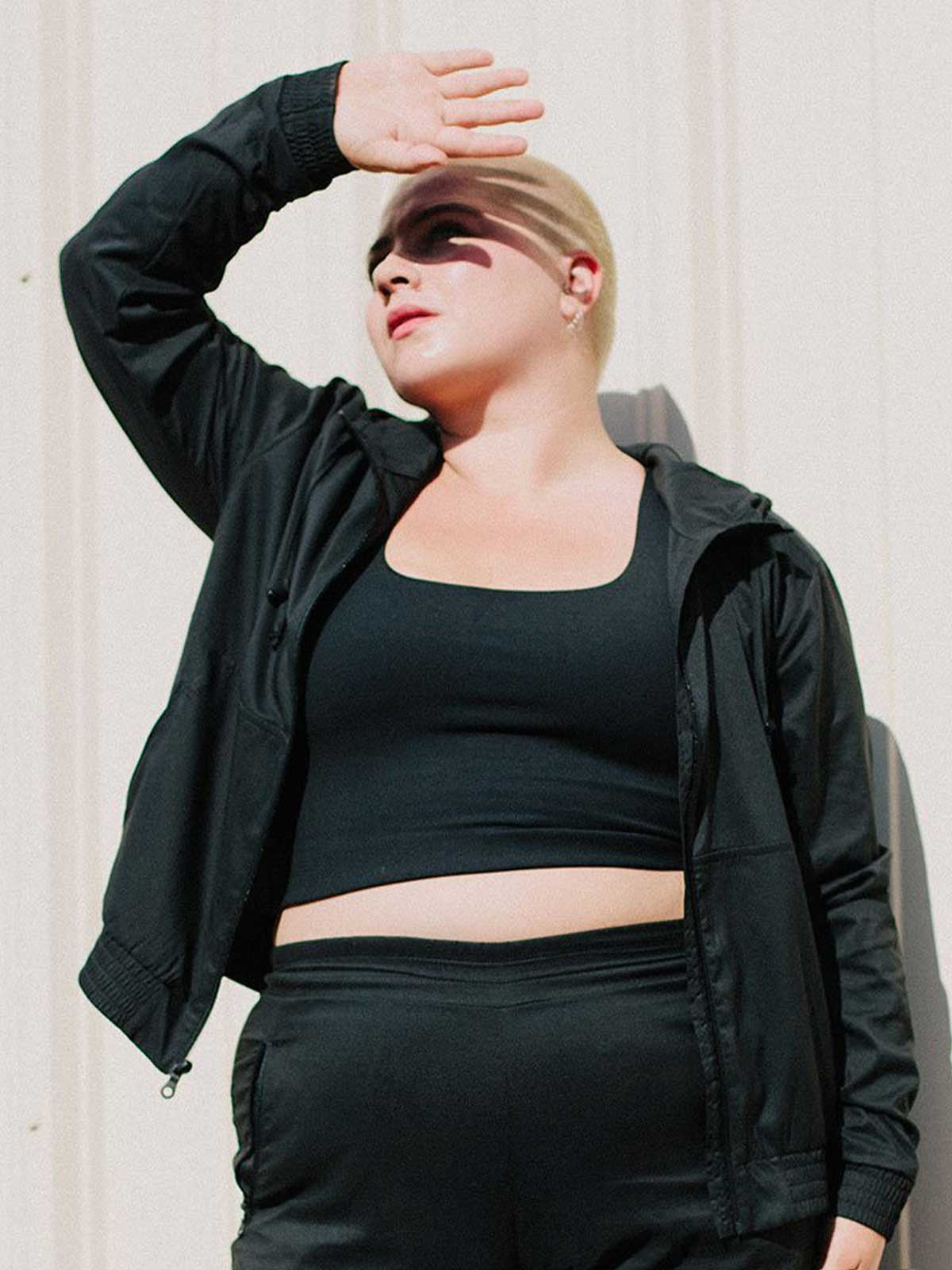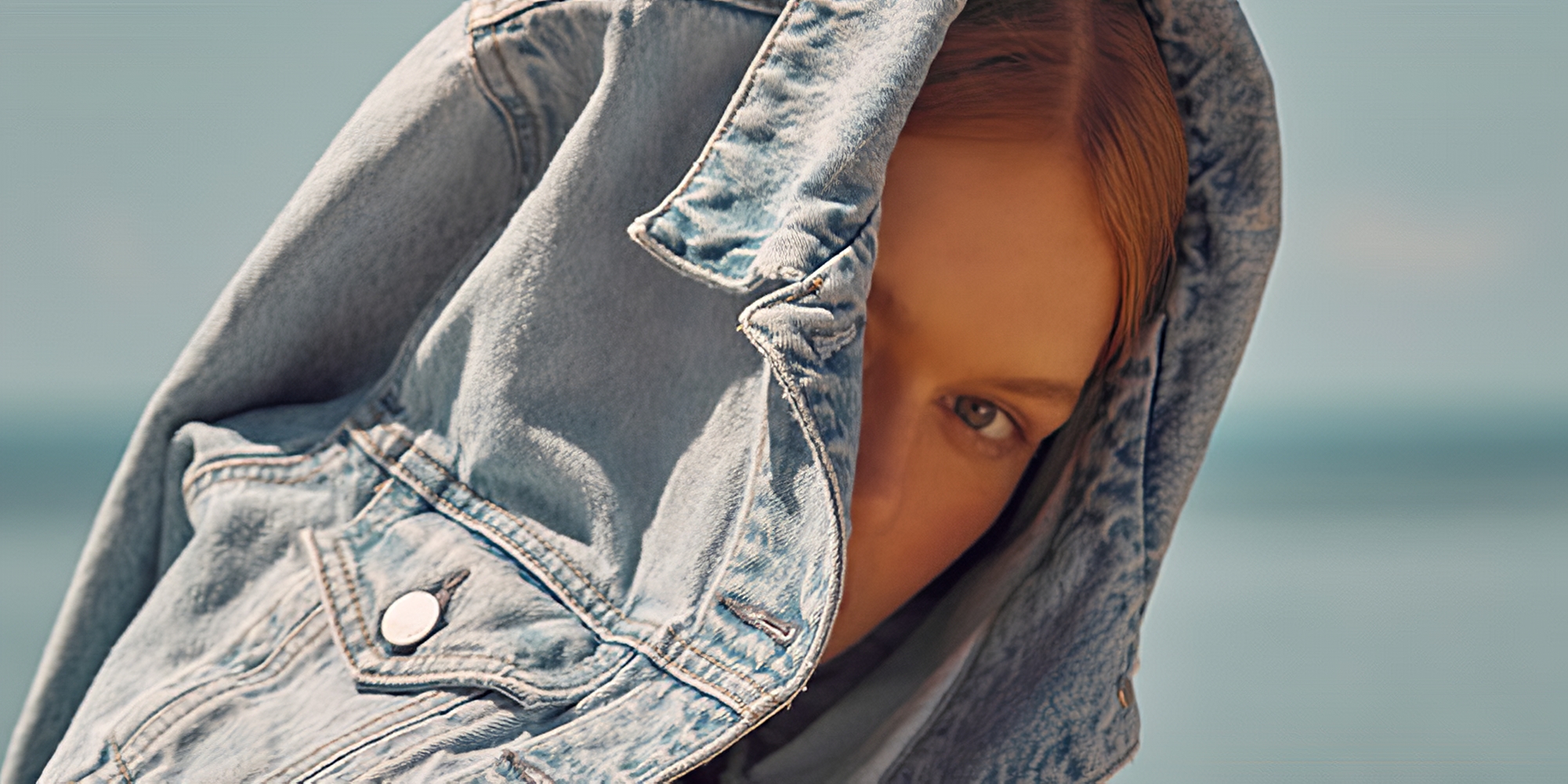Our editors curate highly rated brands that are first assessed by our rigorous ratings system. Buying through our links may earn us a commission—supporting the work we do. Learn more.
Banana Republic is an American brand founded in 1978 before being bought by Gap in 1983. Today we answer the crucial question: how ethical is Banana Republic? NOTE: This brand’s rating is under review and subject to change. The article will be updated soon to reflect any changes in scoring.
Banana Republic is an American brand founded by Mel and Patricia Ziegler in 1978 before being bought by Gap in 1983. The brand now operates as a division of Gap (like Old Navy) and has over 600 stores worldwide. The brand (whose name is notedly controversial) originally sold military surplus, khakis, and “safari clothes” before moving on to workwear and casualwear.
According to a recent report, Banana Republic and other Gap-owned brands have made some progress towards building a sustainable future. But what does that mean exactly? How is Banana Republic impacting the planet, people, and animals?
It’s time we answer the crucial question: how ethical is Banana Republic?
Environmental impact
Banana Republic’s environment rating is “It’s A Start”. The brand uses some eco-friendly materials, including recycled materials, like recycled cotton and nylon. Banana Republic has set a goal to use more sustainable fabrics: for example, it claims that “achieving 100% sustainable cotton by 2023” is 87% completed. However, we found no evidence it minimises textile waste when manufacturing its products.
The brand has also set a science-based target to reduce greenhouse gas emissions generated from its operations and supply chain, but there is no evidence it is on track to meet its target.
Banana Republic received an “A” in the CDP water security questionnaire, and the brand demonstrates leadership in managing water use in its supply chain. The fashion industry is a massive consumer and polluter of our freshwater, so it’s refreshing to see such a big label working towards reducing its water impact.
Labour conditions
Sadly, Banana Republic’s labour rating is “Not Good Enough”. While the brand has taken some commendable steps to reduce its impact on the planet, it still has a long way to go to protect its people.
To start with, none of Banana Republic’s supply chain is certified by labour standards which ensure worker health and safety or other labour rights. And while the brand publishes some information about its suppliers, audits, remediation processes, forced labour, gender equality, and freedom of association, Banana Republic lacks the transparency and action crucial to receiving a higher score here.
Most concerning is that we found no evidence Banana Republic ensures payment of a living wage in its supply chain. And while the American brand discloses policies to protect suppliers in its supply chain from the impacts of COVID-19, said policies do not extend to workers.
Animal welfare
Banana Republic has a basic formal policy to protect animal welfare, and it doesn’t use fur, angora, down, or exotic animal skin. But it still uses leather, wool, and exotic animal hair, and we found no evidence the brand traces any animal products to the first stage of production. This lack of effort is simply “Not Good Enough” in a world where people care more than ever about vegan and cruelty-free fashion.
Overall rating: It’s a start
Despite implementing some good measures to reduce its impact on the environment, Banana Republic has a long way to go to be considered sustainable and ethical. The GAP-owned brand needs to be more transparent about its labour practices and ensure workers in its supply chain are paid a living wage and treated fairly. Banana Republic should also rethink its impact on animals, starting with fully tracing products, and ideally use less (or, even better, zero) animal products.
For all these reasons, Banana Republic is rated “It’s A Start” overall. Note that Good On You ratings consider 100s of issues, and it is not possible to list every relevant issue in a summary of the brand’s performance. For more information, see our How We Rate page and our FAQs.
Good swaps
Sustainable alternatives to Banana Republic

























